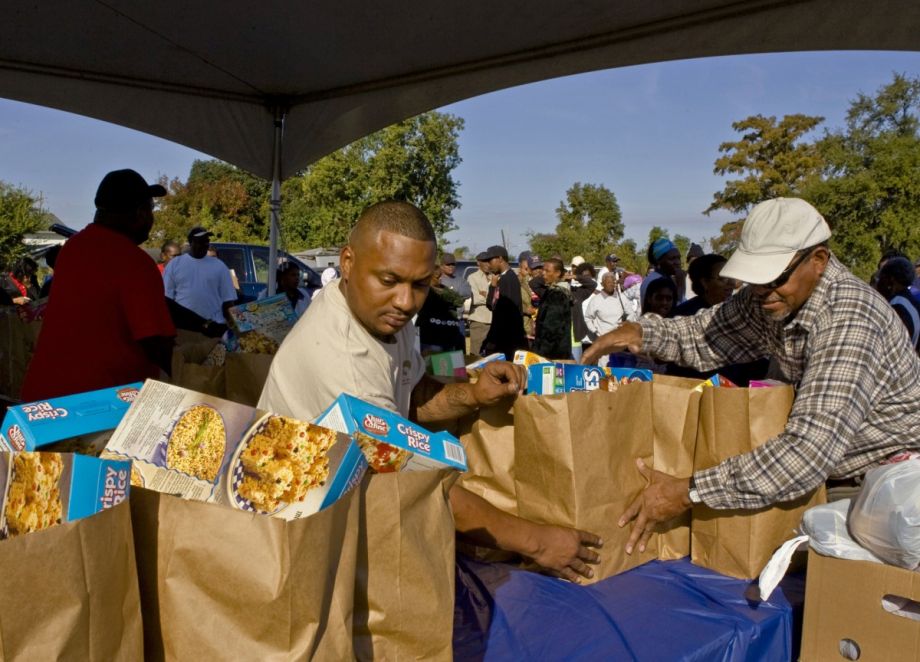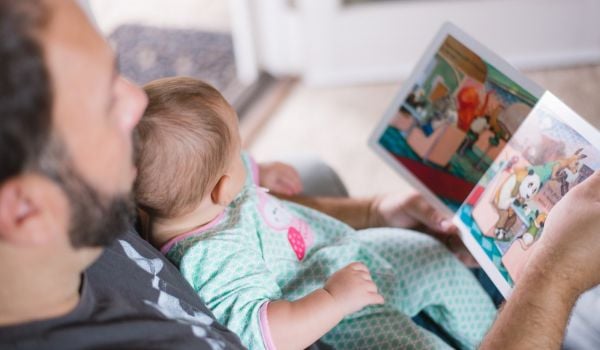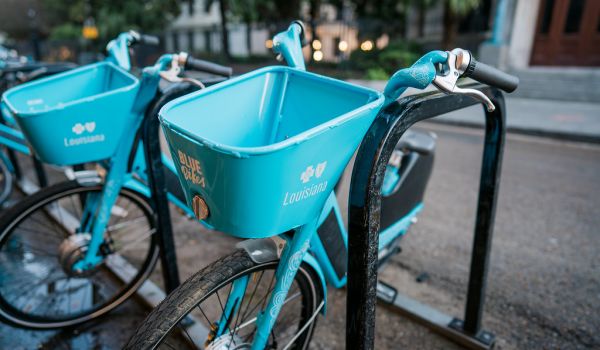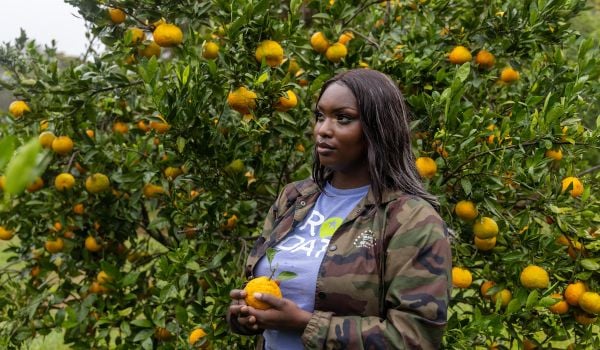As 13-year-old Jazz Henry practiced her trumpet in a scene from The Whole Gritty City, the recent documentary about New Orleans marching-band students, her mother, Lischunda White, stirred dinner on the stove and talked about shielding her children from hardship – and hunger.
“It’s been times when Jazz has seen me with just enough food for just them and not enough for me. And she knew it wasn’t enough. She would say, ‘Mama, where your food at?’ And I would say, ‘I’m fine. I’m not hungry.’”
“I wouldn’t tell her,” White said, “that it really wasn’t enough and I just didn’t have it.”
Despite New Orleans’ reputation as a city of big appetites, White’s narrative is far too common. A recent study by the Food Research and Action Center found that New Orleanians go hungry more than nearly anywhere else in the United States.
In the study, New Orleans ranked second highest among United States cities in terms of “food insecurity.” Nearly one in four New Orleanians answered yes to the question, “Have there been times in the past 12 months when you did not have enough money to buy the food that you or your family needed?” Nationally, the Food Research and Action Center study found one in six households suffered from food hardship.
In Louisiana, 20 percent of the state population participated in the Supplemental Nutrition Assistance Program (SNAP), better known as food stamps, which was designed to combat hunger and food hardship. But a chorus of experts, including the weighty Institute of Medicine, have found that the monthly allotments are not enough for most families, who are unable to stretch their benefits over an entire month.
From 2009 to 2013, federal stimulus money temporarily raised food-stamp allotments for a few years, by roughly $29 a month for a family of three. When the stimulus supplement ended, food banks in high-poverty areas like New Orleans saw a tremendous rise in need.
“It was a five percent cut, which doesn’t seem like a lot,” said Natalie Jayroe, who heads up the regional network of food banks, the Second Harvest Food Bank of Greater New Orleans and Acadiana, that serve 23 parishes, or counties, in Louisiana. But the temporary food-stamp boost was more than Jayroe’s entire distribution, which is 21 million meals a year, compared with the 40 million meals a year provided by the stimulus-linked increase.
Second Harvest, like most food banks, relies on private donations for the bulk of its support. So these days, Jayroe’s biggest hope for the future is that, after a 40-year hiatus, ships carrying Chiquita bananas and fresh fruit will soon begin docking in the Port of New Orleans. The cargo ships will generally arrive once a week. At the end of the week, before a new ship docks, what is left by the previous one will likely be donated. “It could make an incredible difference,” said Jayroe.
Nationally, food banks have increased their distribution by nearly 50 percent since 2006, according to Feeding America, a national coalition of food banks, which has found that “emergency food banks,” once used only by those in crisis, are now a routine part of life for low-income households. In order to feel like she’s meeting the need in her region, Jayroe would have to triple the size of her current distribution, she said.
In New Orleans, families going hungry seems especially counterintuitive. It’s the city where jazz singers rhapsodize about crawfish etouffe, red beans, filé gumbo and jambalaya, and where singer Charmaine Neville meets out-of-town music fans and invites them to her house. “Let me feed you,” she’ll say. It’s also the city where those who can’t afford to pay their rent or bury their loved ones commonly turn to their kitchen for relief, making legendary plate dinners that they’ll sell for $7 to $10 in Styrofoam clamshells.
But even a rich food culture can’t erase the generational, long-term poverty in New Orleans, which can be traced to back to the city’s notoriously poor educational system, and its low-wage tourism industry, whose workers often live below the poverty line. Despite a much-touted post-Katrina economic boom, metro-area poverty rates are the same as they were before Hurricane Katrina struck, Jayroe notes.
Still, Jayroe believes that it is the city’s food culture that is behind the broad local support she sees for Second Harvest. “It’s the great social connector. We take great pride in that,” Jayroe said. “People here understand how essential food is for nourishing more than your body.”
So Second Harvest benefits not only from what Jayroe called “an incredible level of generosity,” but from a high level of volunteerism: 8,000 people annually, contributing enough volunteer hours to be the equivalent of 26 full-time staffers. Her volunteers glean tractor trailers full of citrus from areas south of New Orleans rich with fruit trees. Another nonprofit called the Fruit Tree Project picks citrus from trees in the city and donates to Second Harvest. Her volunteers also drive refrigerated trucks to pick up fresh fish from a Gulf Coast fishing tournament or soon-to-be-expired produce and meat from local grocery stores. Through an online national database, food banks like Second Harvest can look at available donations and barter, say, Louisiana sweet potatoes for Washington state apples.
Soon, Jayroe hopes to she’ll be able to barter bananas, which may put her one step closer to eliminating hunger in the city of food.

Katy Reckdahl is a New Orleans-based news reporter who is a frequent contributor to the New Orleans Advocate and the Hechinger Report and has written for The Times-Picayune, The New York Times, The Daily Beast, The Weather Channel, The Nation, Next City, and the Christian Science Monitor.







_1200_700_s_c1_600_350_80_s_c1.jpg)









